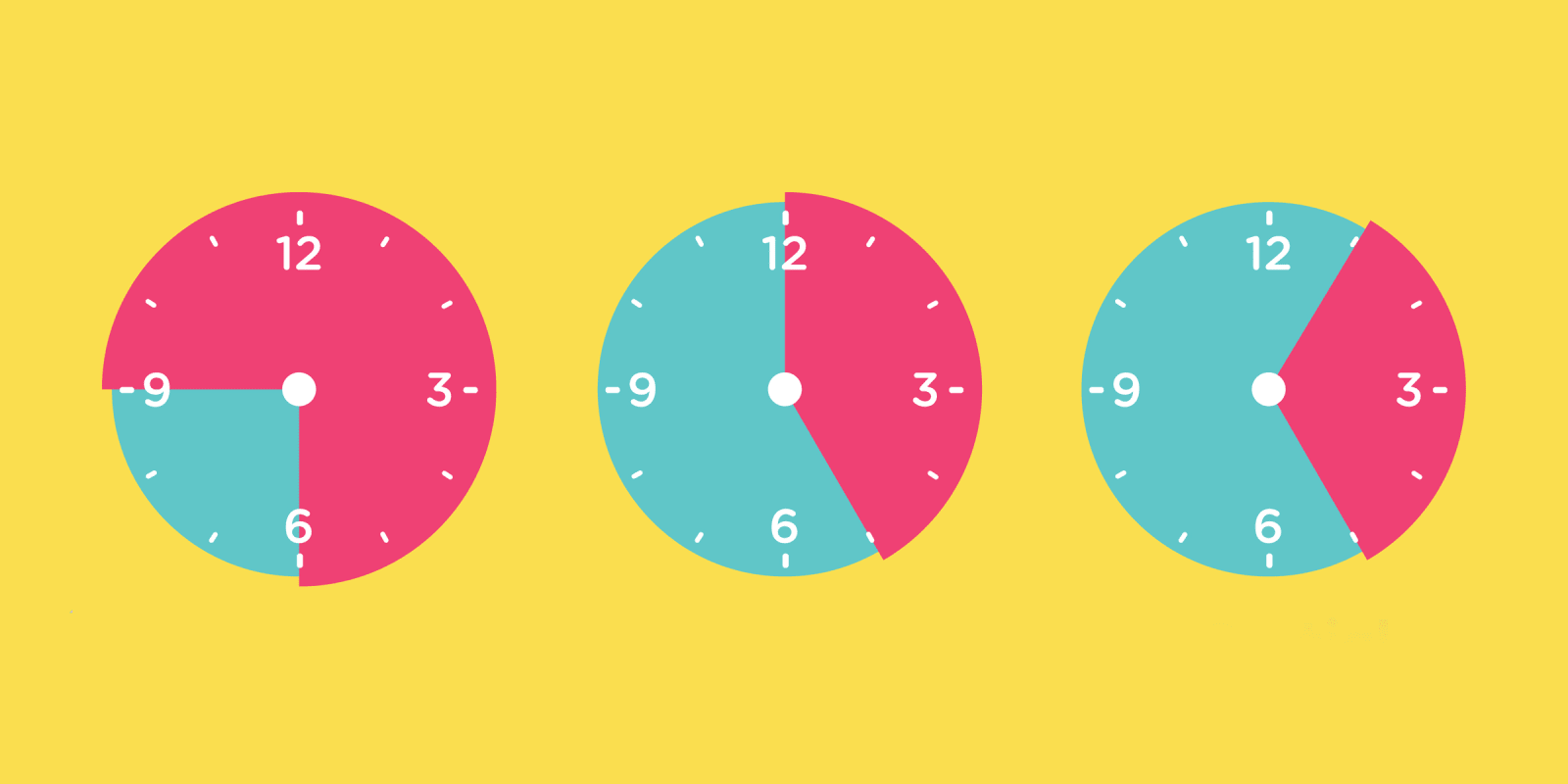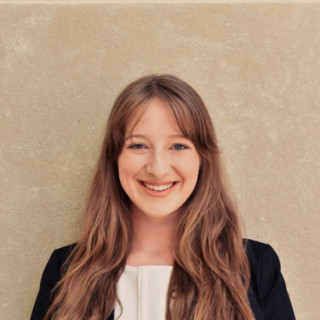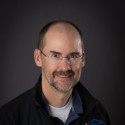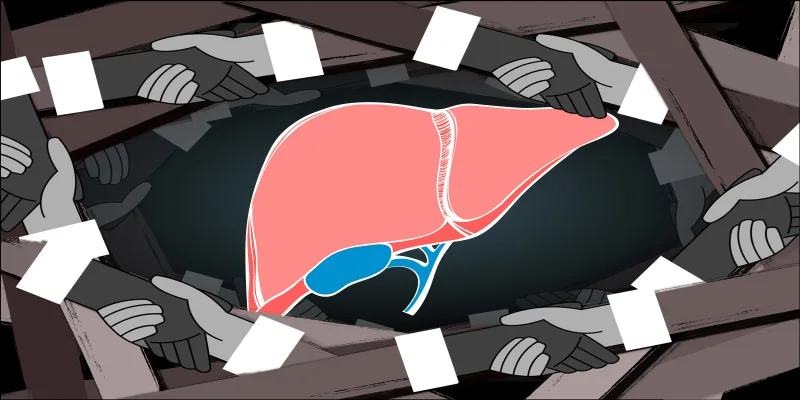A recent Doximity poll of approximately 4,500 clinicians showed that over half of clinicians have 15 minutes or fewer on average to spend with their patients. Patient needs can differ greatly, but with additional patients coming through the doors each day and a full schedule of patients waiting, clinicians can face a unique pressure to keep moving onto the next visit. Clinicians are also spending more time than ever on documentation and administrative tasks, which can lead to less autonomy over their clinical schedules.
“There are two-minute patients out there and 30-minute patients,” said Dr. Richard Goulding, an otolaryngologist in Florida. According to Dr. Goulding, the abundance of administrative tasks to complete leads to less flexibility and more pressure to limit direct patient engagement.
Still, over one-third of clinicians report spending over 20 minutes with their patients on average. Despite time constraints, clinicians devotedly preserve time for their patients, and these relationships may be a crucial part of clinician satisfaction. Below, Doximity takes a dive into which clinicians report having the least and most amount of time with their patients.
The Breakdown
According to the poll, pharmacists report having the least amount of time with their patients. Nearly three in five report spending 10 minutes or fewer with their patients on average. Pharmacists’ workloads expanded during the pandemic, as they had to balance filling prescriptions and counseling patients with administering COVID-19 vaccinations and tests. As a result, many pharmacists have experienced heavier waves of increased burnout and early resignations.
Notably, NPs appear to spend the most amount of time with their patients on average. Over three in five NPs report spending over 15 minutes per patient visit. This might be due to the fact that, according to the American Association of Nurse Practitioners, nearly a quarter of NPs work in private practice, and nearly 43% of NPs see fewer than three patients per hour. Even so, many NPs still express their frustration about visit lengths, given the complexity of interactions that can occur during a patient visit.Procedural disciplines such as critical care and surgery also appear to spend less time with each patient on average, when compared with specialties with less of a procedural focus, like primary care or behavioral health. Over half of emergency medicine physicians and ophthalmologists report spending 10 minutes or fewer on average with their patients. Urologists, anesthesiologists, dermatologists, and orthopaedic surgeons are not particularly contrasting, spending slightly more time with patients on average.
While this data does not dive into gender differences within specialties, specialty representation could be correlated. Specialties that reported spending less time with patients on average tend to have less women in their area of medicine. For example, urology is only 9.5% women and orthopaedic surgery is 5.8% women. Across all specialties in this poll, approximately 45% of men surveyed report spending 16 minutes or more on average with their patients, while 57% of women report spending 16 minutes or more with their patients. Similarly, a NEJM study found that amongst PCPs, women spent 15.7% more time with a patient per visit than men.
Clinician age seems to correspond to patient visit length as well. While 61% of clinicians aged 29 and younger spend 15 minutes or fewer with their patients, that figure falls to 44% for clinicians aged 60 and older. This trend may be due in part to the rigors of clinical training. Clinicians in their 20s and 30s are more likely to be trainees, who may be in a busy hospital setting with less time per patient visit. Additionally, clinicians may gain more autonomy over their schedules and caseloads as they climb the ranks over the years or branch out on their own.
For example, in the early years of clinical practice, Robin Shannon, a psychiatric-mental health NP in Boston, reports she was limited to 15-minute follow-up appointments. Now, with her own practice, she is able to have follow ups for 30 minutes, which she believes contributes to better care and happier patients.
Dr. Jerome Zacks, a cardiologist in New York said, “In my experience, the doc can watch the clock or watch the patient … it's difficult to watch both.”
This analysis is based on 4,489 poll votes from Oct. 11 - Nov. 5, 2022.
Image by gbbstock / Shutterstock







